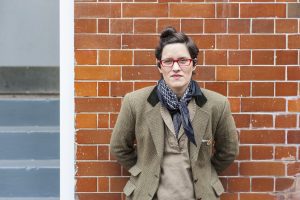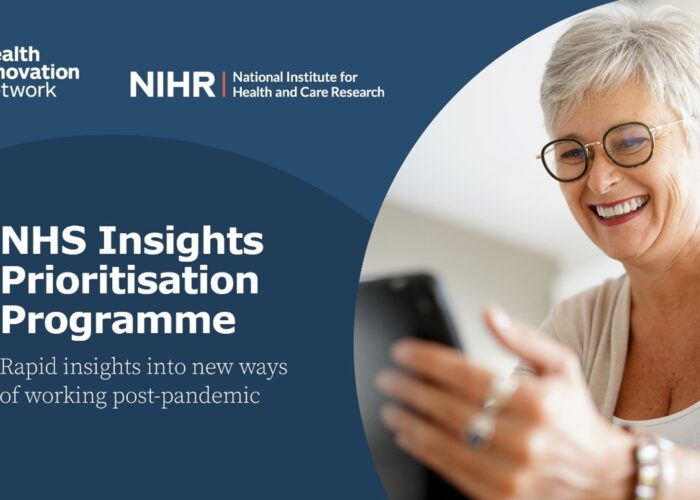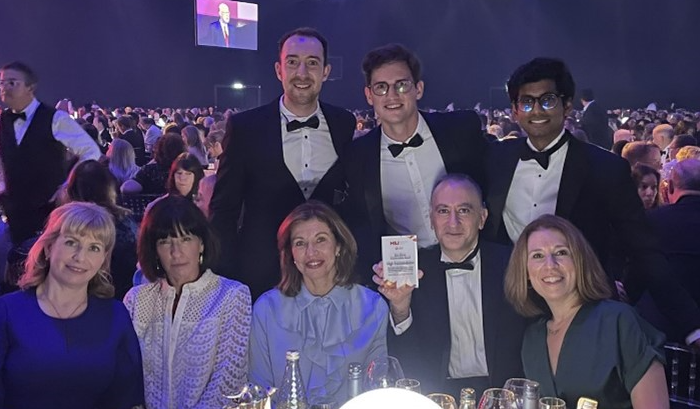 Karen Janody, rb&hArts programme Curator at the Royal Brompton and Harefield NHS Foundation Trust, recently took part in our ‘Practical Course for Innovation Adoption in Health Care Settings’ course, ran in partnership with Bucks New University. In his blog she talks about how the course helped her to plan and implement her project to create a new outdoor space for patients…
Karen Janody, rb&hArts programme Curator at the Royal Brompton and Harefield NHS Foundation Trust, recently took part in our ‘Practical Course for Innovation Adoption in Health Care Settings’ course, ran in partnership with Bucks New University. In his blog she talks about how the course helped her to plan and implement her project to create a new outdoor space for patients…
Could converting the roof area into a patient-centred outdoor garden be a valuable Quality Improvement project? I was keen to find out. An outdoor destination for patients only would certainly improve their journey and experience while in care. It would be a place to breathe in some fresh(er)-air, socialise, enjoy art and relaxing activities, and undertake physiotherapy, all within quality green setting.
The ‘Innovation in Healthcare’ module presented me with some very valuable tools to help me develop the idea into an evidence-informed argument that I hoped would allow this initiative to reach the Trust’s Senior Management Board. I soon discovered the wealth of excellent research linked to access to green spaces, even for a brief restorative moment. However, knowing that the garden’s social and wellbeing value would transcend any financial value does not cut it; I would need a robust business case to make a realistic case.
As a new recruit within the Trust’s Arts Department, I broadly assumed this initiative would develop as an arts’ project would, with a good proposal, a budget and some champions. Luckily, the blue-sky-thinking spiel was opening quite a number of doors at the Trust, capturing imaginations through conversations. Now, I needed to involve the users in my evaluation. Engaging patients into shaping the initial concept was harder as the scenario was too hypothetical. It did throw light onto valid points about access and safety. Again, providing measurable return on investment for the economy model was quite a task! As I progressed on the course, the complexity, and scale, of the project was becoming clearer. I was gradually evolving from the uninformed optimism to informed pessimism stage.
Devising a robust implementation strategy based on programme theory in the second module wasn’t so easy any longer, or pleasurable. My thinking was struggling to move much beyond the aspirational stage, and I was getting lost in hypothetical and conceptual theories of change. The enthusiasm I had started the course with had more or less vanished.
My ha-ha moment came when, thanks to support from my course leader, I understood I needed to break down the scope of the project into smaller achievable pilot schemes, to weave together collected data and theoretical research as evidence. Back at the Trust, I also needed to escalade the conversation to higher management.
For one of the pilots, I set out to convert the hospital’s main courtyard into a child-friendly space. Patients would not enjoy the views or privacy that came with the roof garden, but the courtyard, located at ground level, would enable young patients to undertake their physiotherapy and play outdoors safely. Internal support for the project was very mixed as the structural and operational risks were high. After nine months of gentle (and persistent) lobbying with key staff at all levels, the courtyard pilot received an unexpected green light from the chief executive and chief operating officer.. And with this a budget and the opportunity to work across departments, bringing together individuals who have been committed to bringing change at that location for years. Physical works to transform the courtyard are currently underway.
The success of seeing the pilot from seed to reality lied in working at a micro-political level, rounding up the energies found at grass-root level and presenting them to a Senior Management receptive to innovation. I knew about vocational kindness at grass-root level, and this initiative and course helped me find institutional kindness at the top.



